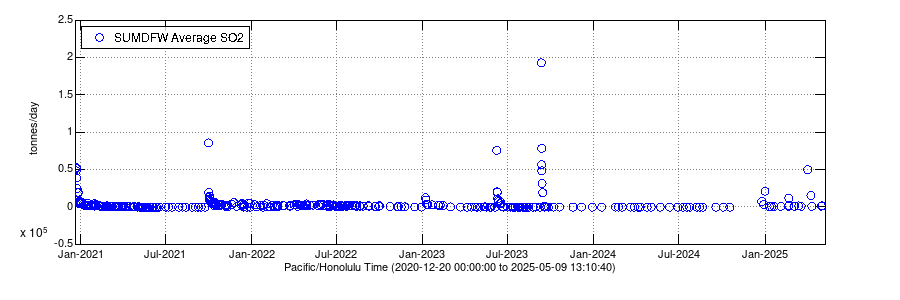Kīlauea summit eruption in Halemaʻumaʻu crater - September 30, 2021
Kīlauea summit eruption in Halemaʻumaʻu crater - September 30, 2021On September 30, 2021, Hawaiian Volcano Observatory gas scientists used a FTIR spectrometer on the rim of Halema‘uma‘u crater to measure the composition of gases being emitted during Kīlauea's summit eruption, which began the afternoon of Septembe 29, 2021.

























